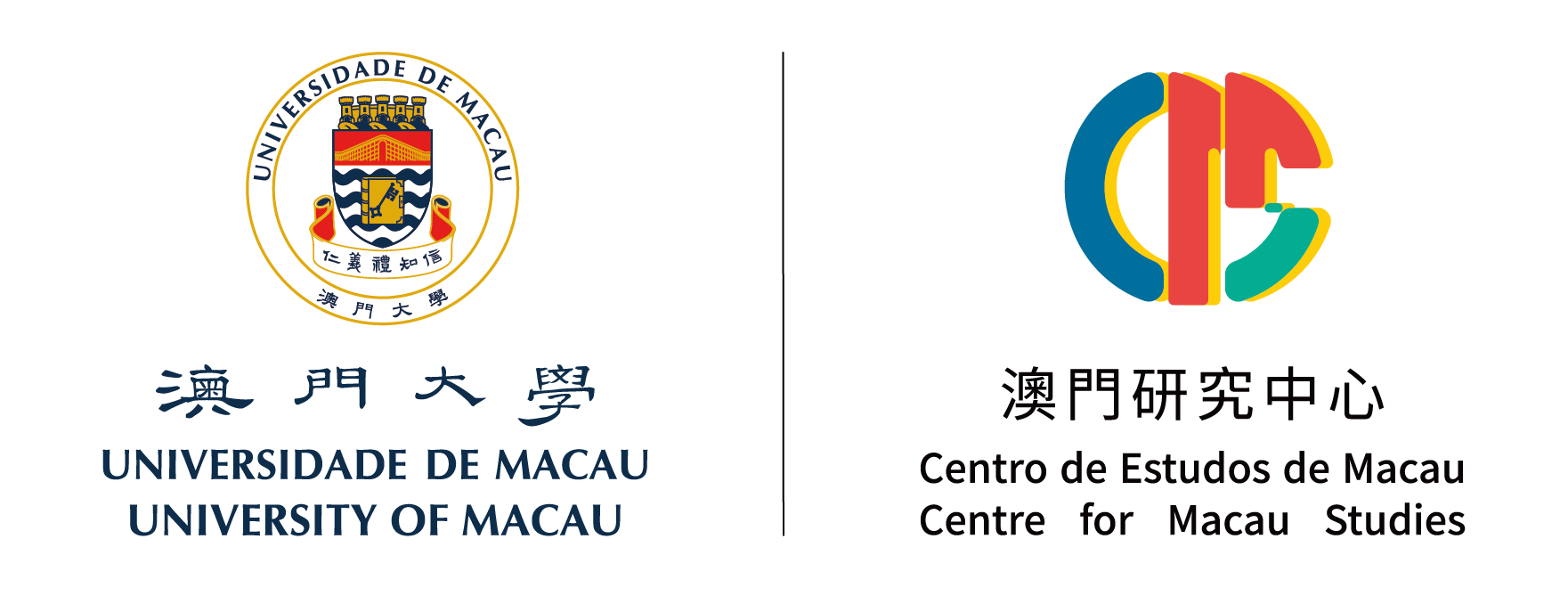
| 標題 Title |
歐亞白銀重探──錢幣學上的新發現 Literature Review of Macaology (Part Thirty)Revisiting the Eurasian Silver Century with New Numismatics Findings |
|---|---|
| 作者 Author |
[日]黑田明伸 撰,黃丹丹 譯 KURODA Akinobu (au.), HUANG Dandan(trans.) |
| 摘要 Abstract |
現有關於中世紀中西亞錢幣的知識和錢幣學最新的調查結果均證實了大量原產於中國的銀條約於1280、1300及1350年先後抵達歐亞大陸西半部,甚至遠至倫敦,這三個高峰時段恰逢被西汗佔領的、位於中國的諸侯封地(投下)建立或恢復朝貢體系之時。2007年摩爾多瓦老奧爾海伊的遺址挖掘出65條銀條,其形狀與重量說明了從中國封地朝貢的銀幣必定抵達了欽察汗國。而中亞河中及伊朗的與錢幣學相關的研究證據則顯示,於13世紀70年代之後,成色高的銀幣已取代了銅錢及鍍銀銅幣。蒙古帝國政體雖未嚴重影響低層級市場的交易,但因其在整個帝國內的貢品轉移需要採用統一的度量衡體系,恰巧為長途貿易建立了公度性貨幣單位,其後還觸發了整個交易體系在全球範圍的轉型。
New numismatics findings, in association with existing knowledge on coins in medieval Central and West Asia, strengthen the hypothesis, raised by me in 2009, that a large quantity of silver ingots of Chinese origin reached the western half of Eurasia, as far as London, around 1280, 1300 and 1350. The three peaks coincide with the establishment or resumption of sending tributes from the appanages, touxia (投下), in proper China possessed by western Khanates. The metal format for printing local paper monies in terms of silk with the date 1250 in north China, recently found, proves that the Mongols did not yet stick to silver usage at that time. Numismatics evidences from Transoxania and Iran show that after the 1270s, silvers of high fineness were substituted with coins of billon and silver-coated copper. The forms and weights of 65 silver bars unearthed from the remains (1340 -1360) at Orheiul Vechi, Moldavia, in 2007 strongly suggest that tributes in silver from the appanages in China surely reached the fortress of the Kipchap Khanate. |
| 關鍵詞 Keywords |
白銀,蒙古帝國,中國,投下,朝貢,瓦老奧爾海伊,欽察汗國 Silver, Mongols, China, Touxia, Sending tributes, Orheiul Vechi, Moldavia, Kipchap Khanate |
| 下載 Download |
Links |

